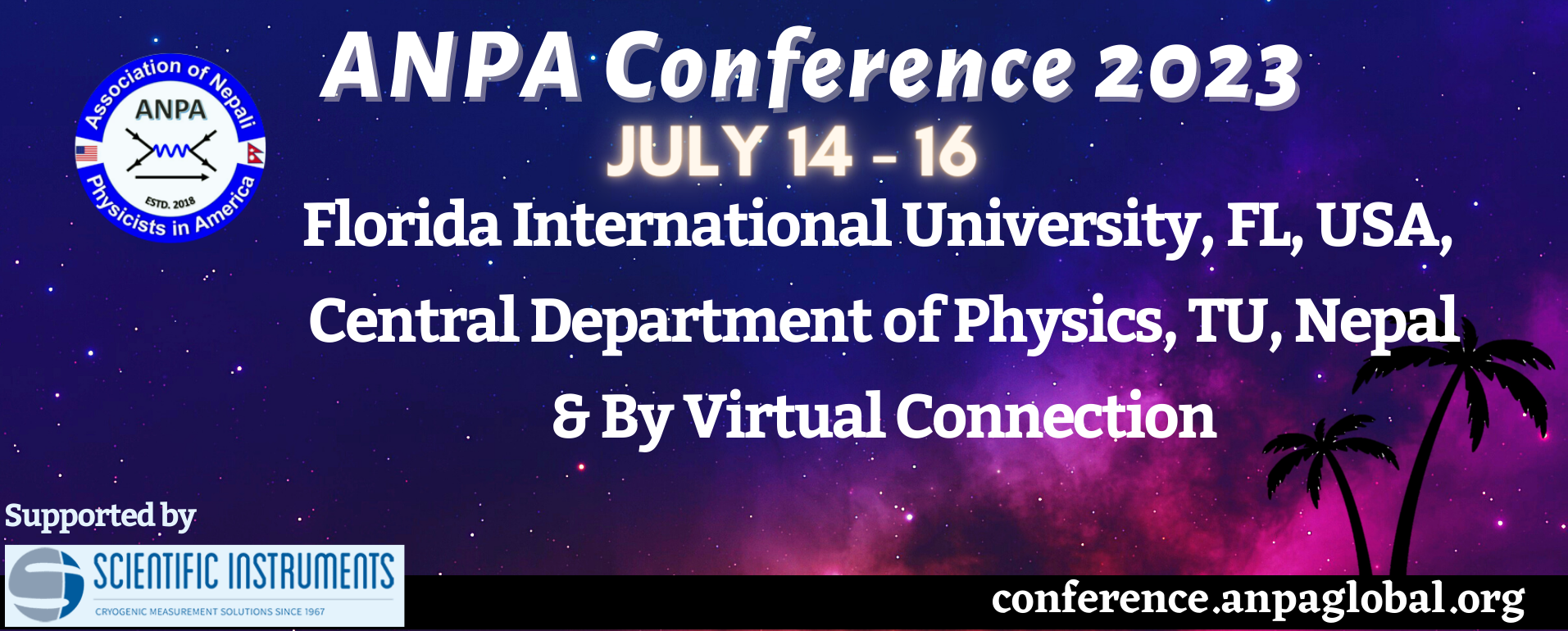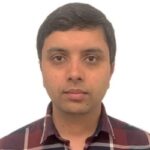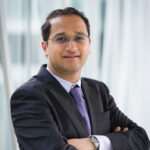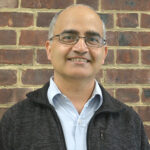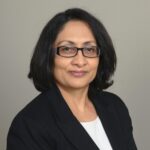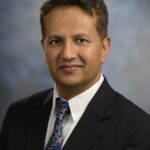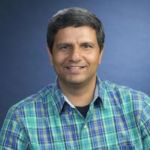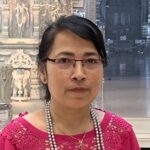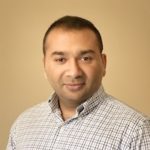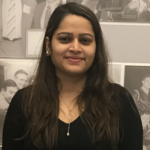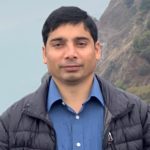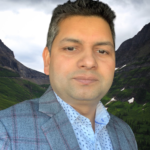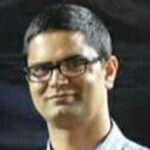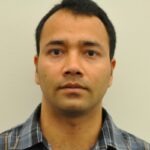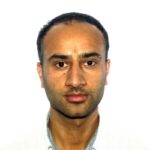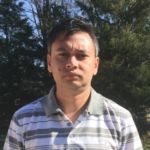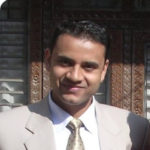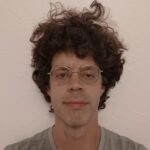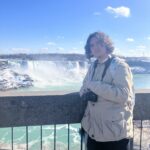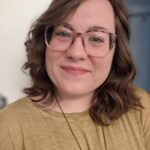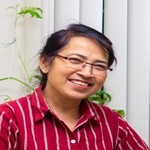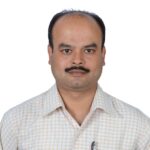
KEYNOTE TALK
Date/Time: July 16th, 12:30 PM ET
(10:15 PM NST)
“Physics Research in Nepal: An Overview”
Biography
Lok Narayan Jha, the youngest son of (late) father Dev Narayan Jha and (late) mother Ganga Devi Jha was born on 15 December 1950 AD at Marar (Sirha-16), Nepal. He was educated in Nepal until his M.Sc. (Physics) degree in 1969 from the Central Department of Physics (CDP), Tribhuvan University (TU). Later on, he was awarded Ph.D. degree in 1986 from Delhi University in India. Teaching/Research has been his professional interest. He began the job in CDP/TU in 1970 and retired in December 2013. During his 4 (four) decades carrier he spent on different aspects of the professional assignments. His teaching-research has been in the fields of Nuclear/Plasma/Theoretical Physics and has supervised 4 (four) Ph.D. Scholars and dozens of dissertations of M.Sc. students in other areas as well, such as Bio-medical, Liquid crystal, Nuclear and mainly in the theoretical aspects of Laser Plasma Fusion. During all these he was decorated with a few national awards such as RONAST Young Scientist Award in 1988, Mahendra Vidya Bhooshan (twice), Prawal Jansewa Shree (Class-I), Education Award etc. In addition to teaching-research he was assigned the role of the Head at CDP, Asst. Dean/IoST, Subject Committees (Physics, Environmental and Computer Science), Senate (TU), Academic Council and IoST Faculty Board etc. Furthermore, he was also elected Secretary (1-term) and President (2-terms) of Nepal Physical Society.
International Centre for Theoretical Physics (ICTP, Italy) Association (Regular & Senior) and International Conference on Plasma Physics (ICPP) participations may be considered very important for his interactions with renowned physicists of international repute. He visited ICTP several times in the capacity of ICTP Regular Associate. Similarly, his active participations during ICPP (Lausanne, Switzerland 1984); Kiev 1987 and New Delhi/CAT, 1989 are memorable ones. He had the role of one of the invited speakers in ICPP, 1989 at CAT (Center for Advanced Technology). Visits to Scottish Summer School (St. Andrews, UK), Summer School Nathiagally (Pakistan) and Physics Symposium organized by Bangladesh Physical Society, Dhaka have also contributed to his scientific achievements. He also played major roles in organizing a few conferences and other scientific activities in Nepal in different capacities such as Organizer/Chairman/Advisor/Lectures and other administrative ones. He has also published dozens of research papers of academic interest and on policy related aspects.
Scientific Committee
Organizing Committee
Local Organizing Committee (FIU)
Local Organizing Committee (CDP, T.U.)
Conference Sponsors
Scientific Instruments, Inc. was founded in 1967 by aeronautical engineer Jack Hoey and physicist Gilbert Halverson. Hoey and Halverson developed the first commercially available Germanium Resistance Thermometer, supplying the devices for use on the Apollo Lunar Program. Scientific Instruments is involved in the design and manufacture of cryogenic temperature sensors for laboratory, industrial and medical applications.
Contact email: akarki@scientificinstruments.com
Cutting-edge technology in all its forms: from advanced materials to the finished product.
Email: Ishwar.niraula@saesgroupusa.com
Phone: 719 339 0205
Incorporated on August 12, 2013, and based in Boulder, Colorado, at the foot of the Rocky Mountains, RadiaSoft is a science consulting firm with roots in beam and accelerator physics research.

